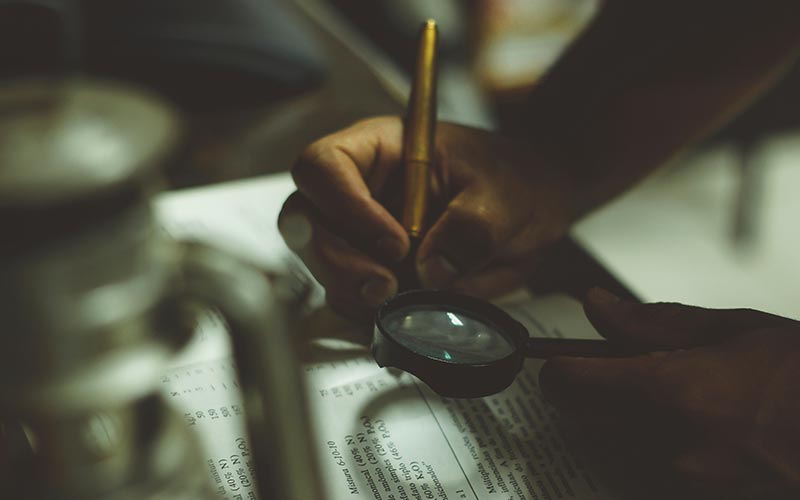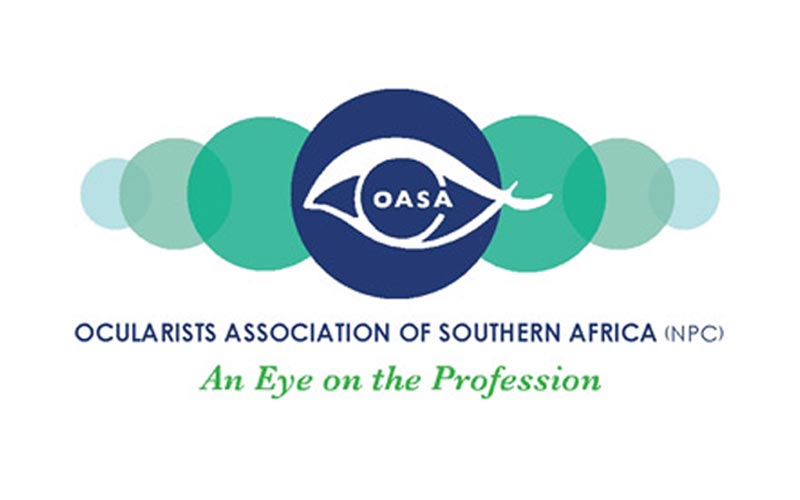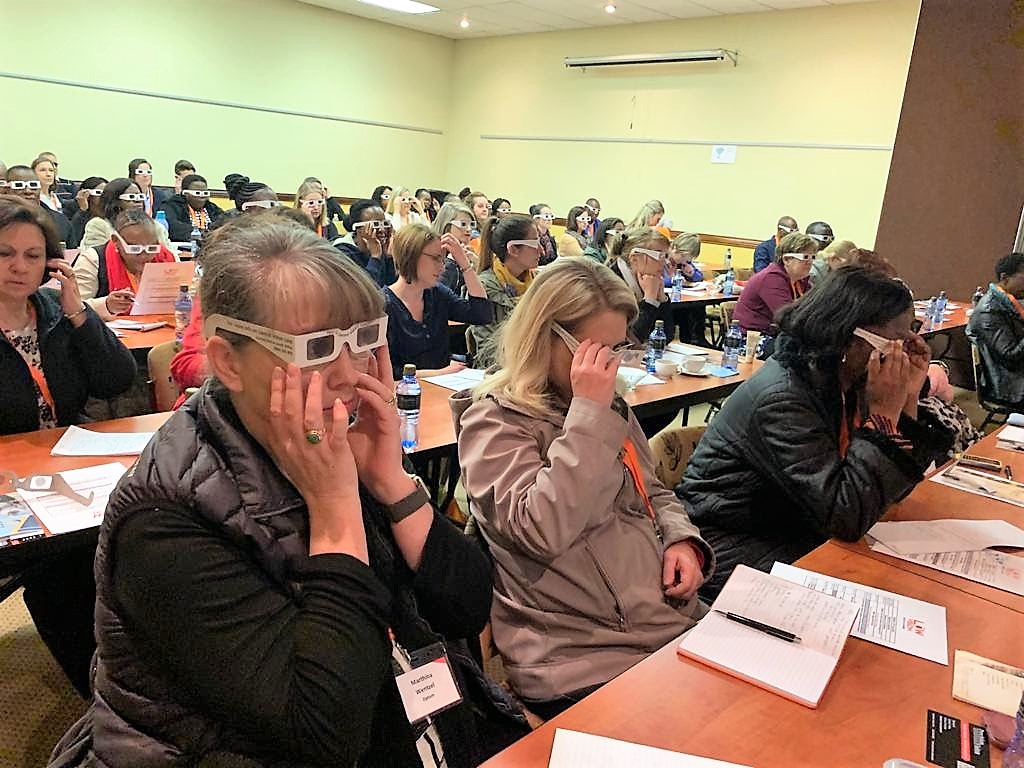Brought to you by the Low Vision Information Center:
Many visually impaired people experience difficulty with regular activities such as cooking, shopping, managing finances, watching television, reading, and taking care of their personal needs. Many people with low vision have concerns about finding and keeping a job, dealing with friends and family members, getting around, and participating in recreational and social activities.
But there are hundreds of low vision aids and scores of proven strategies for coping with low vision. These aids and strategies can help visually impaired people maximize their remaining vision and maintain their independence.
Knowledge is the key to living with low vision. People with low vision can enhance their quality of life by learning which optical and non-optical aids can help them, and by integrating strategies for dealing with the visual impairment into daily life.
But knowledge is just the first part. Practice is the important next step. Just as an amputee must learn to walk with his new prosthesis, a person with low vision must practice using adaptive aids until they become second nature.
Motivation and attitude are perhaps the most important factors in determining one’s success in using low vision aids. If people are willing to give some energy and effort to learning how to make the best use of their remaining sight, they can do nearly everything they did before, perhaps just in a different way.
Low Vision Optical aids
There is a wide variety of devices that can help people with low vision see better. There are hundreds of different kinds of magnifiers in many different strengths. Some are used to see things that are near, like a newspaper, and others are used for seeing distant objects, like street signs.
It is helpful to think of low vision optical aids as specific tools for specific uses. One device may be used for reading mail, another for watching movies, and yet another for seeing menus at a restaurant. These are not intended as all-purpose aids. Instead, they make it easier to use one’s existing vision for specific tasks, like knitting or watching a football game. Unfortunately, low vision aids do not replace vision that has already deteriorated or been lost, but they will maximize one’s remaining vision and help one to enjoy favorite activities and hobbies.
It is critical that someone with low vision gets the correct magnifier at the correct strength. There are hand magnifiers, stand magnifiers, pocket magnifiers, and they come in all sorts of shapes. There are magnifiers that look like mini-telescopes and some that look like glasses. Some can be worn around the neck and some come attached to a desk lamp. Some have built in lights. And of course, they come in many different strengths.
Once someone has the correct magnifier for a specific task, practice is essential. Learning to use a magnifier to read, attend plays, buy groceries, or engage in any other activity takes practice. It can sometimes be a bit of a struggle to adjust to using a magnifier, but it is worth the effort. Being comfortable and skilled in using a magnifier can greatly improve its effectiveness (and one’s ability to use a magnifier successfully.)
When using a hand magnifier, it is important to hold it straight. The eye, the magnifier, and the material at which one is looking should all be in one straight line. Tilting the magnifier will distort what one is trying to see. It is sometimes easier to keep the magnifier straight if one places the material being read on a clipboard or stand.
When using a stand magnifier, one must keep the magnifier on the paper rather than lifting it to the eyes.
The Low Vision Information Center has many magnifiers available so that clients can try them in our home-like environment to determine their effectiveness and ease of use. The LVIC also sells Eschenbach magnifiers as a convenience to our clients. Page Top
Low Vision Non-Optical aids
There are hundreds of devices that can help people with low vision manage their everyday living tasks. Readily available locally, including the Low Vision Information Center, and though catalogs, these devices can often be just the thing to enable someone with low vision to maintain independence.
For example, bright-colored bumpy marks can be put on an oven dial so someone with low vision can easily find the 350-degree mark. To help tell time, there are talking clocks and watches as well as clocks, timers, and watches with large, easy-to-read faces. There are aids that thread needles, keep socks together, and help keep track of medication.
To help with writing, there are signature, letter, and envelope guides, bold black pens, and paper with thick black lines that are more easily seen. Playing cards, crossword puzzles, and even some board games come in low vision versions.
Big-button phones make it easier to dial and large-print address books make it easier to read addresses and telephone numbers.
The Low Vision Information Center has many non-optical aids available for visually impaired people to try. The Low Vision Information Center also sells some of the more commonly used aids at competitive prices as a convenience to our clients. Page Top







